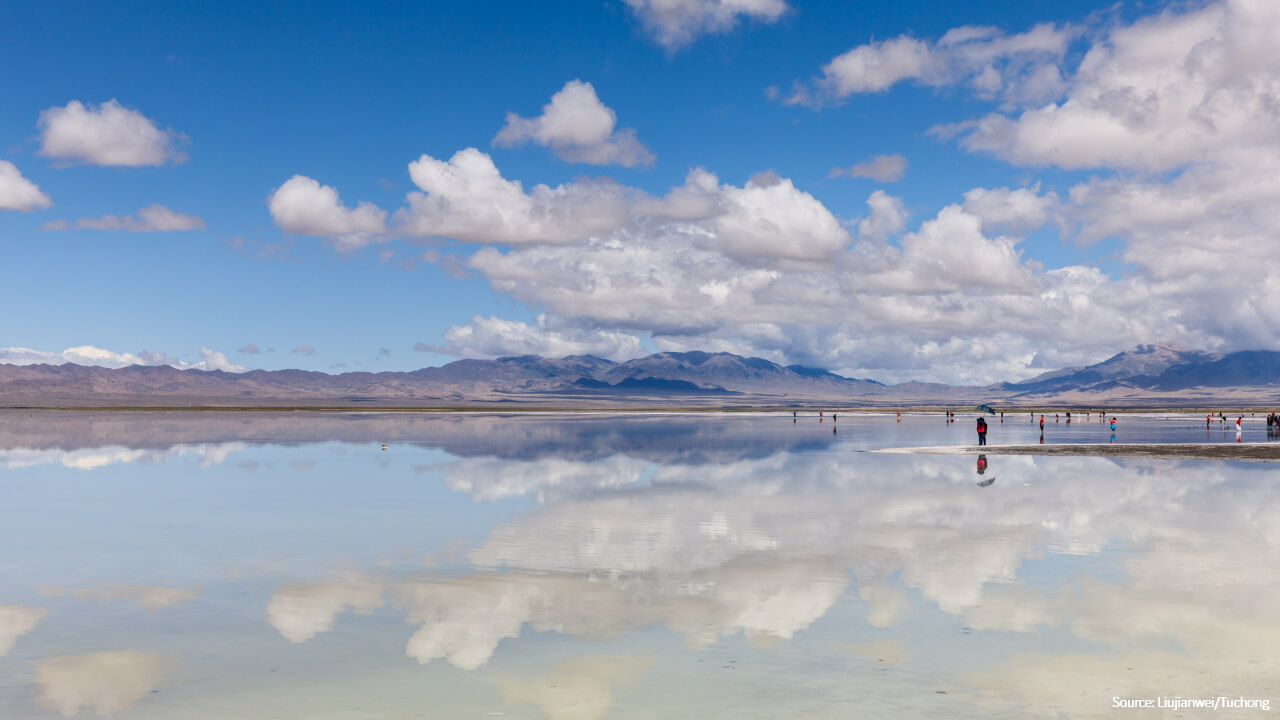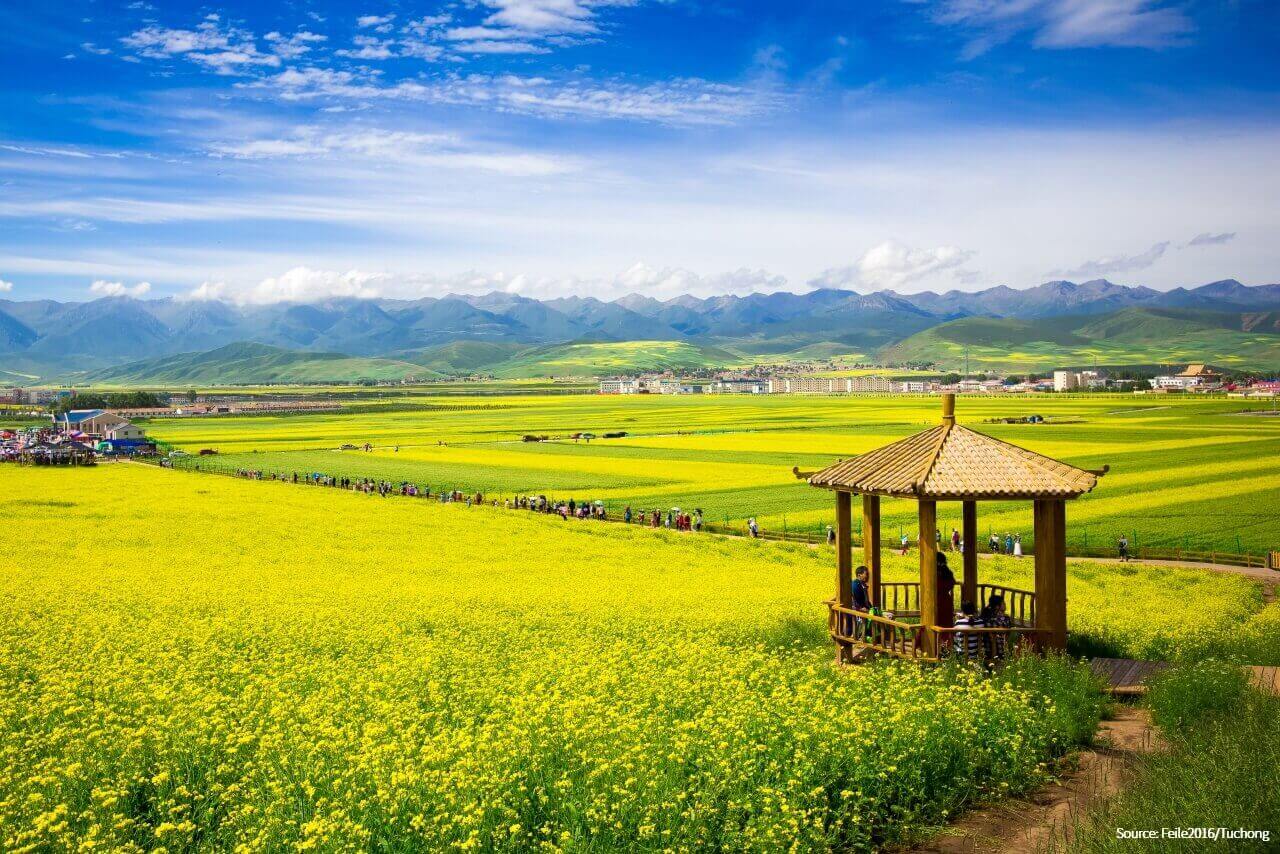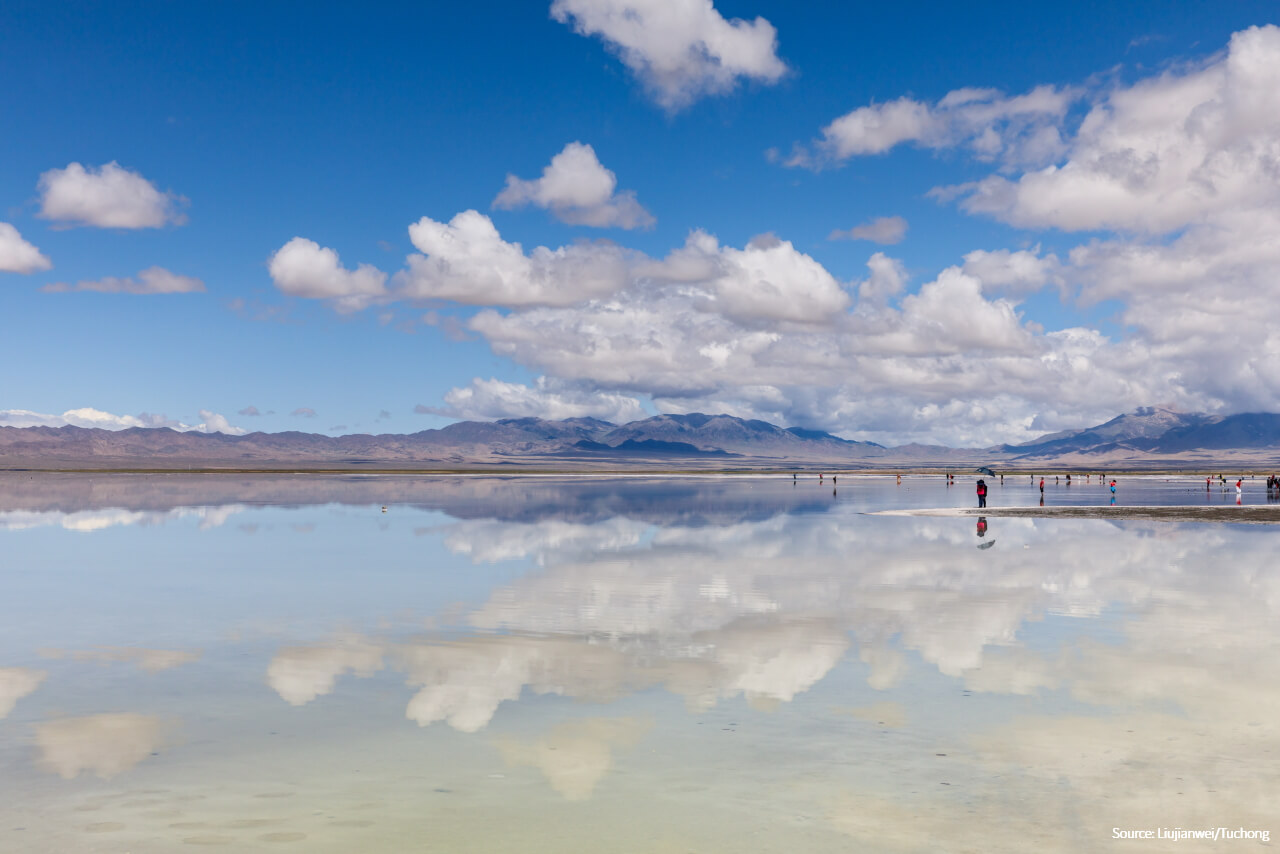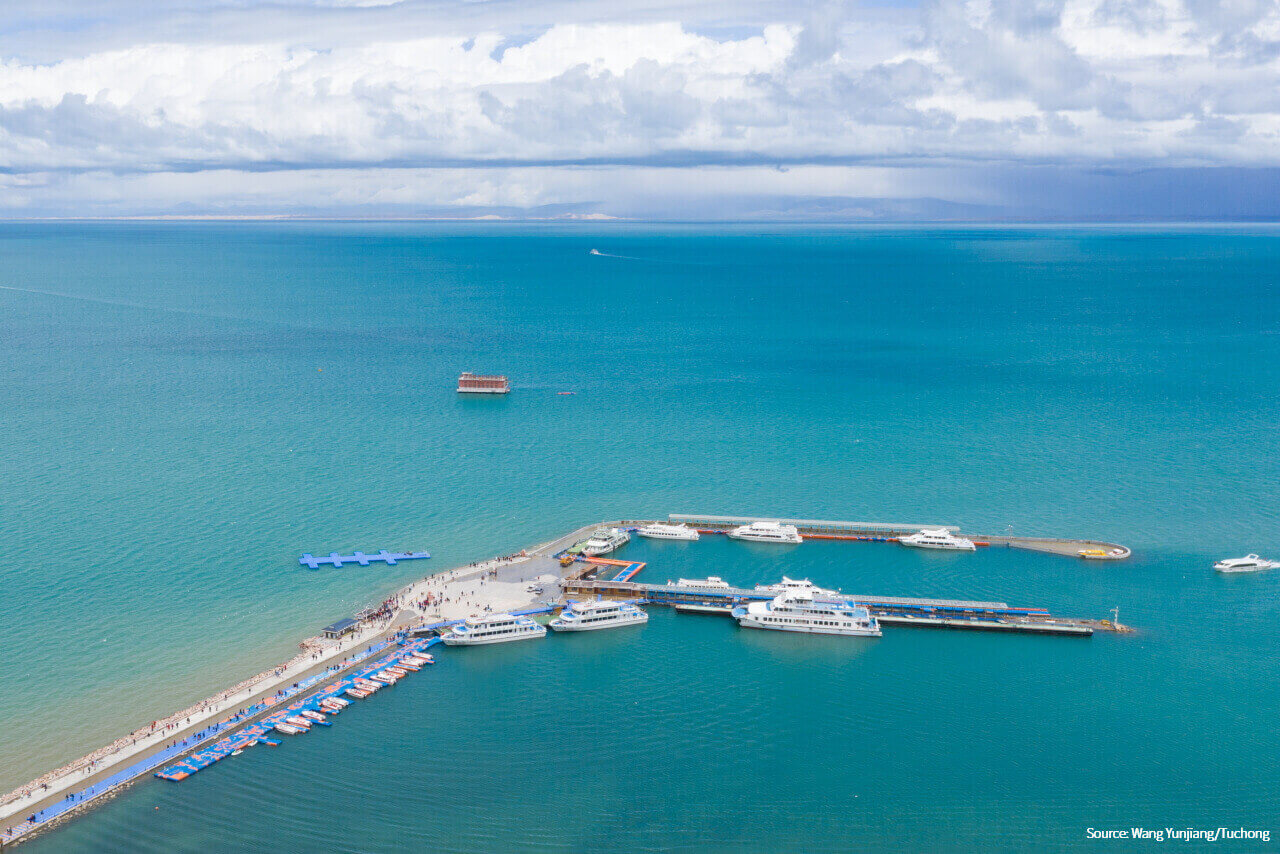In the morning, you will leave your hotel for Qilian County which is located 286 kilometers(178 miles) to the northwest of Xining. It takes about six and a half hours to drive from Xining to Qilian. On the way to Qilian, you will visit Menyuan Oilseed Field, Qilian Pasture and Arou Monastery. You will spend the night in your hotel in the county seat of Qilian. The elevation of the county seat is 2,787 meters(9,144 feet) above sea level.
As the largest cultivated land of rape plants in the world, Menyuan Oilseed Rape Field covers an area of 333 square kilometers(129 sq.mi). It lies at the south of Qilian Mountain. The rape plant on the high plateau blooms in July. The best time to visit Menyuan Oilseed Rape Field is in mid-July.
Qilian Pasture lies at the foot of Qilian Mountain. It is one of six most beautiful pastures in Mainland China. The pasture is surrounded by snow-capped mountains. Huge numbers of sheep and yaks flock together on the pasture, running or grazing.
Arou Monastery can be traced back to 1650s. It is situated on a pasture, 24 kilometers(15 miles) to the southeast of Qilian Town. The monastery used to be the place where the Third Dalai Lama preached a sermon to locals.
 Qinghai Province lies on the northeast of Qinghai-Tibet High Plateau. It is named after Qinghai Lake which is the largest inland saltwater lake in Mainland China. The lake is like a sapphire inlaid on the vast plateau. Qinghai features both the unspoiled natural beauty and the colorful ethnic cultures. It is one of the dream destinations in China for all photographers whose main interests are either landscape photography or portrait photography or wildlife photography.
Qinghai Province lies on the northeast of Qinghai-Tibet High Plateau. It is named after Qinghai Lake which is the largest inland saltwater lake in Mainland China. The lake is like a sapphire inlaid on the vast plateau. Qinghai features both the unspoiled natural beauty and the colorful ethnic cultures. It is one of the dream destinations in China for all photographers whose main interests are either landscape photography or portrait photography or wildlife photography.

